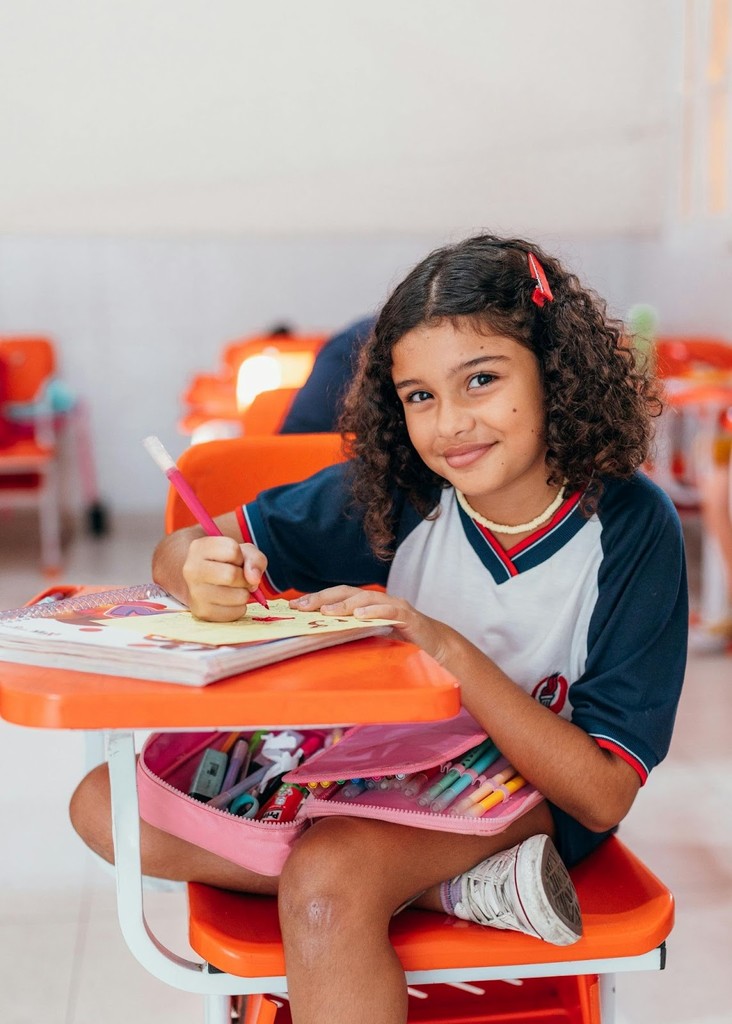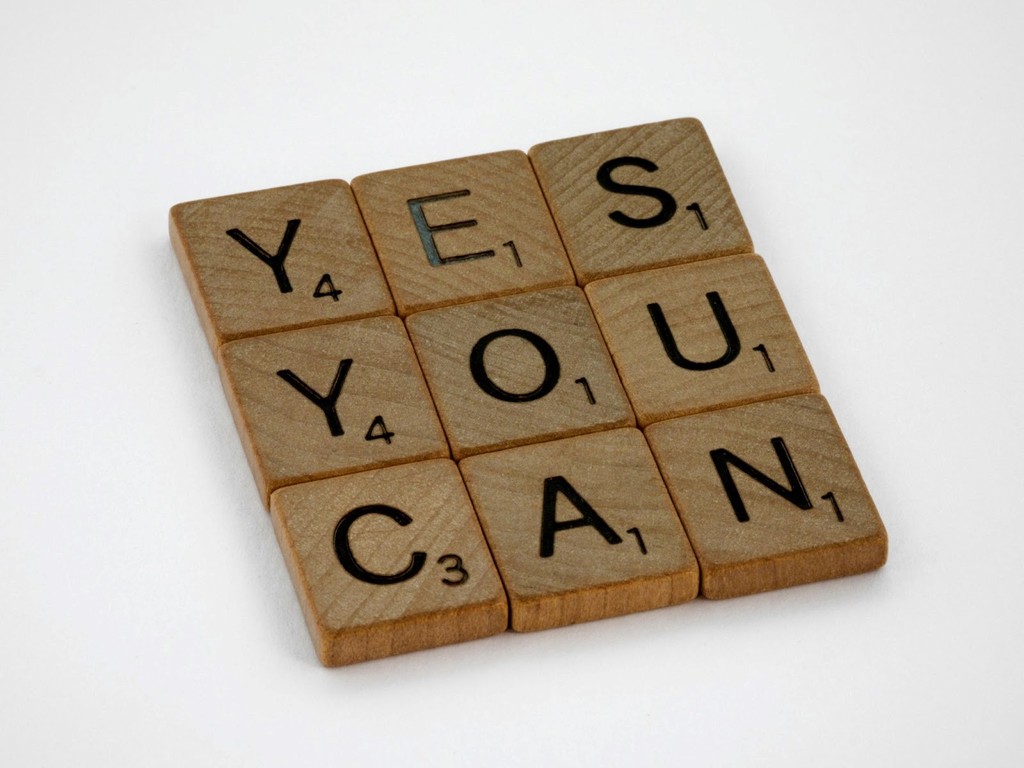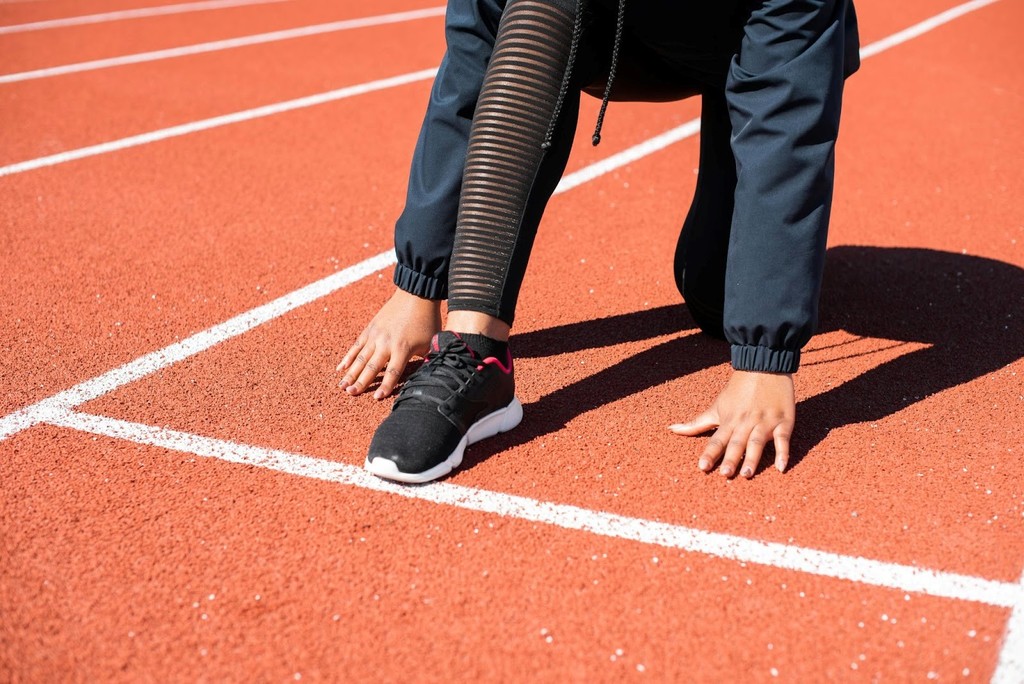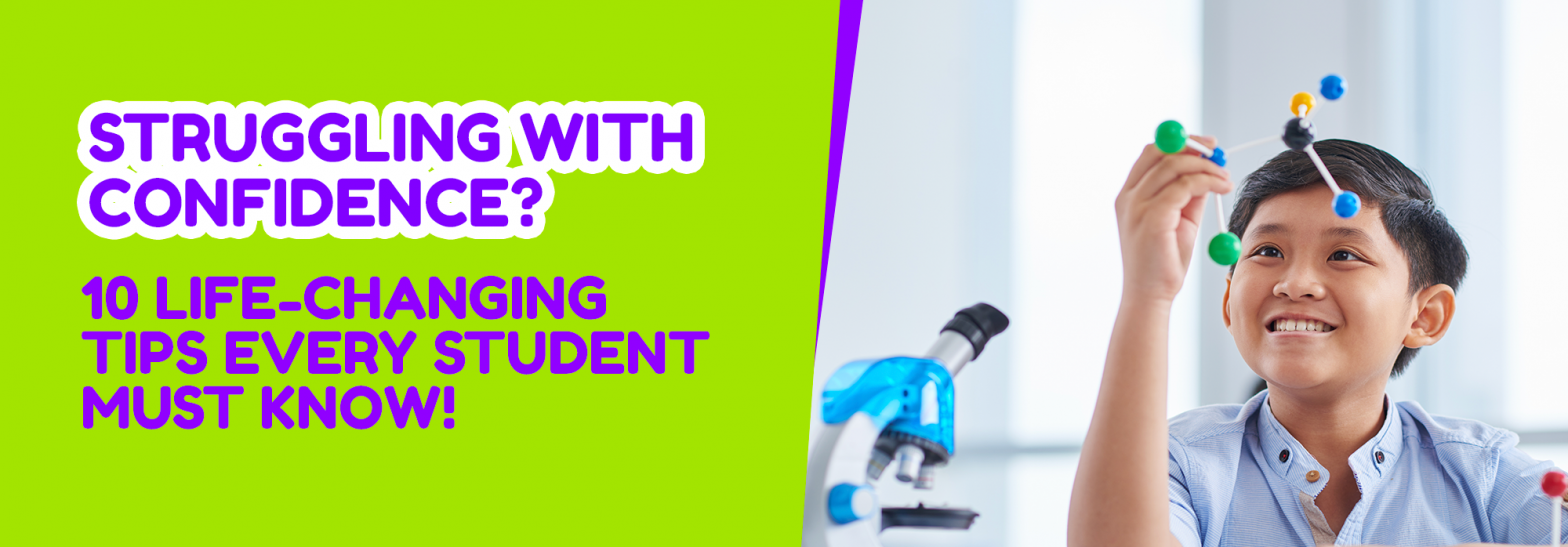How to Build Self-Confidence in Students: Proven Strategies for Success
In this blog, we’ll explore effective ways to improve self-confidence in students, offering actionable tips, self-confidence activities, and motivational quotes. We will also address the reasons for low self-confidence in students and the importance of fostering a positive mindset for success.
Why Self-Confidence Is Important in Students
Self-confidence plays a critical role in shaping students’ overall personality and academic achievements. It helps them to:
- Overcome challenges: Students with confidence are more likely to face academic challenges head-on and not give up easily.
- Improve performance: Confident students participate more actively in class and perform better in exams and activities.
- Develop social skills: Confidence encourages students to engage with peers, make new friends, and develop stronger interpersonal relationships.
The lack of self-confidence in students can lead to hesitation, anxiety, and a fear of failure. Therefore, building this trait from an early age is key to their holistic development.

Common Reasons for Low Self-Confidence in Students
Understanding the causes behind low self-confidence is the first step in addressing the issue. Some of the key reasons for low self-confidence in students include:
| Reason | Impact on Students |
| Fear of Failure | Students fear making mistakes, which leads to hesitation and anxiety in taking risks or participating in class. |
| Comparison with Others | Comparing themselves to peers who excel academically or socially often leaves students feeling inadequate and lowers their self-esteem. |
| Lack of Positive Reinforcement | Without consistent encouragement from teachers, parents, or peers, students may start doubting their abilities. |
| Academic Struggles | Difficulty in understanding subjects can result in poor grades, which affects students’ belief in their capabilities. |
| Negative Self-Talk | Harsh self-criticism and focusing on weaknesses rather than strengths prevent students from developing a confident and optimistic attitude. |
Addressing these root causes is essential in helping students build self-confidence and reach their full potential.
Proven Strategies to Build Self-Confidence in Students
Here are some effective strategies and self-confidence-building activities to empower students:
1. Encourage Positive Self-Talk
Students often engage in negative self-talk, which lowers their self-esteem. Teach them to replace negative thoughts with positive affirmations. For example, instead of saying, “I can’t do this,” encourage them to say, “I will try my best.”
Self-Confidence Motivation Quote:
“Believe you can, and you’re halfway there.” – Theodore Roosevelt

2. Set Achievable Goals
Setting small, achievable goals helps students gain confidence as they accomplish each task. Guide them to break down larger goals into smaller steps to avoid feeling overwhelmed.
3. Create Opportunities for Success
Offer students opportunities to succeed in various activities, such as class projects, sports, or creative assignments. Positive experiences build confidence and motivate them to try new things.
4. Promote Self-Study
Does self-study build self-confidence in students? Absolutely! Self-study allows students to work at their own pace and discover their strengths. Encourage students to set aside time for independent learning, which gives them a sense of ownership over their progress.
5. Practice Public Speaking
Public speaking is a powerful tool for building confidence. Create a safe environment for students to express their thoughts in front of peers through presentations, debates, or classroom discussions. Over time, they will develop greater self-assurance.
6. Provide Positive Feedback
Acknowledging students’ efforts with praise, even for small achievements, boosts their self-confidence. Constructive feedback helps them improve without undermining their self-worth.
7. Use Role Models and Inspirational Stories
Sharing self-confidence stories in English of individuals who overcame challenges can inspire students. Role models show students that everyone faces obstacles, but perseverance leads to success.
8. Encourage Teamwork
Team activities help students develop communication skills, learn from peers, and experience collaborative success. Working with others fosters a sense of belonging, which is essential for building self-esteem.
9. Support Extracurricular Involvement
Encourage students to participate in extracurricular activities such as sports, arts, and clubs. These activities offer diverse experiences that develop new skills and interests, boosting confidence.

How to Create a Confidence-Building Classroom Environment
Building self-confidence in students requires a supportive environment where they feel valued and understood. Here’s how educators can create such a classroom:
| Strategy | Action Steps |
| Promote Inclusivity | Ensure that all students feel included and have the opportunity to participate, regardless of their abilities or backgrounds. |
| Foster a Growth Mindset | Encourage students to view challenges as opportunities to grow rather than setbacks. Help them understand that mistakes are part of the learning process. |
| Celebrate Individual Strengths | Recognize each student’s unique abilities and celebrate their successes. Avoid comparing students to one another. |
| Encourage Open Communication | Create an environment where students feel comfortable sharing their thoughts and feelings without fear of judgment. |
Activities to Boost Self-Confidence in Students
Here are some practical self-confidence-building activities that can be integrated into the classroom:
1. Confidence Journals
Encourage students to keep a journal where they record their daily achievements, no matter how small. Reflecting on progress helps them recognize their strengths and build a positive self-image.
2. “I Am” Affirmation Exercises
Students can write down positive affirmations that begin with “I am,” such as “I am capable,” “I am brave,” or “I am creative.” These affirmations help shift their mindset from self-doubt to self-belief.
3. Peer Appreciation Circles
In a peer appreciation circle, students share positive feedback about one another. This activity helps them see how they are valued by their classmates, which builds a sense of belonging and confidence.
4. Role-Playing Scenarios
Use role-playing to help students practice handling challenging situations, such as delivering a speech, resolving conflicts, or trying something new. These activities give them the confidence to apply these skills in real-life situations.
Self-Confidence Success Story: Overcoming Obstacles
Here’s a self-confidence story in English that students can relate to:
The Story of Maya
Maya was a student who struggled with self-confidence due to poor academic performance. She often compared herself to her high-achieving classmates and felt discouraged. Her teacher noticed her lack of confidence and began working with her to set small, achievable goals, starting with subjects she was interested in. As Maya accomplished each goal, her confidence grew. She even started participating in class discussions and joined the school’s debate team. Maya realized that everyone learns at their own pace and that her journey mattered just as much as anyone else’s. Her story reminds us that self-confidence is built step by step.
Conclusion: Fostering Confidence for Lifelong Success
Building self-confidence in students is not a one-time effort but an ongoing process. Educators and parents must work together to provide a supportive environment where students feel empowered to take risks, learn from their mistakes, and celebrate their achievements. By applying the strategies discussed here, we can help students overcome self-doubt and build the confidence they need to succeed academically and in life.
At Wisdom World School, we believe that every student has the potential to be confident, capable, and resilient. Through a combination of supportive teaching practices, encouraging feedback, and opportunities for growth, we are committed to nurturing the self-confidence that will carry our students through life’s challenges.
FAQs:
Q: How can teachers improve self-confidence in students?
Teachers can improve self-confidence in students by providing positive feedback, setting achievable goals, encouraging participation, and fostering an inclusive classroom environment.
Q: What role does self-study play in building self-confidence?
Self-study allows students to take control of their learning, build problem-solving skills, and gain confidence in their abilities as they progress at their own pace.
